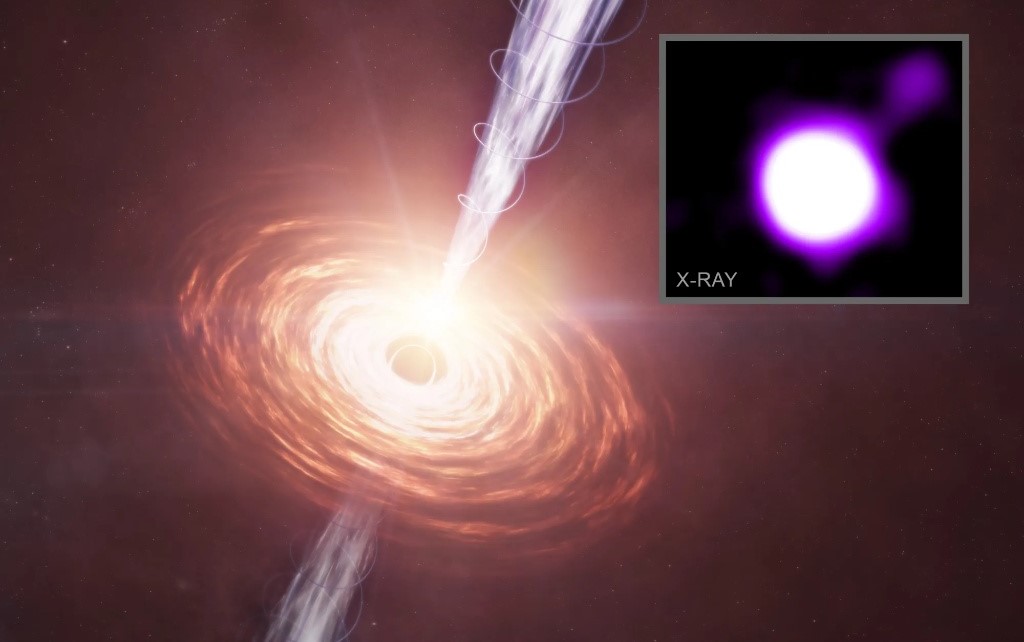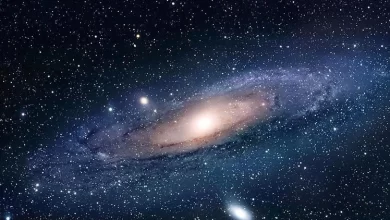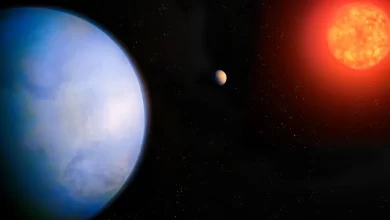Universe’s Enigma Unlocked: Jwst Announces Supermassive Black Hole Discovery From Early Epoch

Scientists Name It ‘Big Red Dot’ (BIRD): Finding Sheds Light On How Black Holes Reached Millions Of Solar Masses So Quickly
WASHINGTON, USA – The James Webb Space Telescope (JWST), belonging to the U.S. National Aeronautics and Space Administration (NASA), continues to revolutionize our understanding of the universe’s early history with its ongoing explorations since its 2021 launch. Most recently, data obtained by the telescope allowed astronomers to make a significant Supermassive Black Hole Discovery.
🔭 UNEXPECTED LIGHT SOURCE AROUND THE J1030 QUASAR
While examining high-resolution images and spectra obtained with JWST’s Near-Infrared Camera (NIRCam), astronomers detected an unprecedented light source surrounding a bright ‘quasar’ designated ‘J1030’.
- The Black Hole’s Identity: Analysis confirmed this light source to be a supermassive black hole that existed during the period known as the ‘cosmic noon‘—approximately 4 billion years after the Big Bang.
- Big Red Dot (BiRD): Astronomers symbolically named this colossal black hole the ‘Big Red Dot’ (BiRD). BiRD was calculated to possess a mass equal to 100 million times that of the Sun.

💡 EXPECTATIONS TO ILLUMINATE A COSMIC MYSTERY
This discovery carries the potential to solve one of cosmology’s greatest enigmas: How did supermassive black holes formed in the early universe grow so rapidly, reaching masses millions or even billions of times that of the Sun?
- Rapid Growth Theory: The very existence of black holes like BiRD suggests they either grew faster than previously theorized or that their formation mechanisms were distinct. Consequently, this new dataset will require scientists to fundamentally reassess their black hole formation models.
Federica Loiacono, the team leader and a researcher at the National Institute for Astrophysics (INAF) in Italy, shared the excitement of the discovery: “The JWST has opened a new frontier in extragalactic astrophysics, revealing objects we did not even suspect existed, and we are only at the beginning of this adventure.” This situation underscores the new scientific epoch ushered in by the telescope’s ability to peer into the deep cosmos.
The research results were published in the peer-reviewed journal, ‘Astronomy & Astrophysics’.






